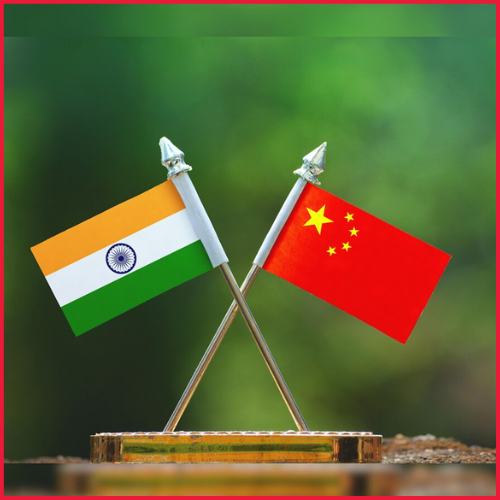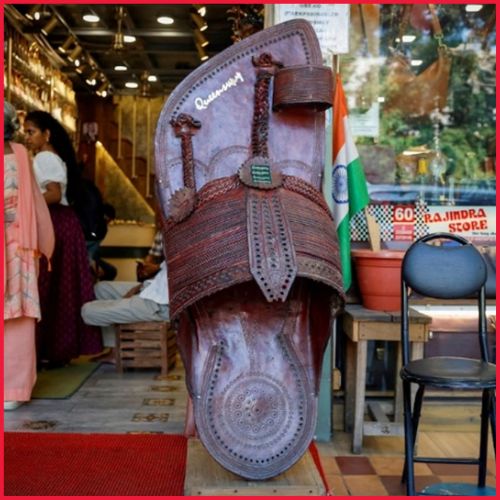The world’s 2nd largest producer of wheat said that traders could only enter into new export deals with express government approval. However, requests approved by New Delhi from other governments reeling from record-high prices “to meet their food security needs”, are still permitted, according to an order dated May 13.
India has banned wheat exports, sending bushel prices to record highs and drawing criticism from the Group of Seven worried about protectionism as inflation soars in the wake of the Ukraine war.
The world’s 2nd largest producer of wheat said that traders could only enter into new export deals with express government approval. However, requests approved by New Delhi from other governments reeling from record-high prices “to meet their food security needs”, are still permitted, according to an order dated May 13.
Surprisingly, India previously had said that it was ready to help fill some of the supply shortages caused by the February invasion of Ukraine, which had accounted for 12 percent of global exports. It planned to increase exports this financial year to 10 million tonnes from seven million tonnes.
“Our farmers have ensured that not just India but the whole world is taken care of,” Commerce and Industry Minister Piyush Goyal had said in April. Last week India said it would send delegations to Egypt, Turkey, and elsewhere to discuss boosting wheat exports. It was unclear whether these visits will now go ahead.
Reasons for export Ban-:
1. The reasons given for the ban on wheat export are runaway inflation and food security in the poor nation of 1.4 billion people. According to Commerce Secretary BVR Subrahmanyam, some parts of the country have seen prices of wheat and flour jump 20 to 40 percent in recent weeks. He also added, “We don’t want the wheat to go in an unregulated manner where (wheat) may either get hoarded and is not used for the purpose which we are hoping it will be used for — which is serving the food requirements of vulnerable nations and vulnerable people,”.
Export deals agreed before the directive issued on May 13 could still be honored but future shipments needed government approval, he said, also adding that “No order is in perpetuity. If the global supply and demand are the same — and once cooling (of prices) happens, it can be looked at again,”.
2. India recorded its warmest March on record — blamed on climate change — and in recent weeks has seen a scorching heatwave with temperatures upwards of 45 degrees Celsius (113 Fahrenheit). This hit farmers in wheat-producing northern India, prompting the government to predict output would fall at least five percent this year from 109 million tonnes in 2021.
Global reaction on the move-:
The export ban drew sharp criticism from the Group of Seven industrialized nations, which said that such measures “would worsen the crisis” of rising commodity prices. “If everyone starts to impose export restrictions or to close markets, that would worsen the crisis,” German Agriculture Minister Cem Ozdemir said.
In fact, wheat prices surged to a new record high on Monday, jumping to 435 euros ($453) per tonne as the European market opened even though India is only a marginal player globally in wheat export and produces mostly for domestic consumption, and almost half of its wheat exports last year went to Bangladesh.
India’s previously predicted exports of 10 million tonnes compares with a 53 million tonnes of wheat and meslin (a mixture of wheat and rye) exported by Russia and Ukraine in 2021, according to the UN Food and Agriculture Organization (FAO). Its exports have been limited over quality concerns and World Trade Organisation rules about grain purchased by the state.
Why Then Did It Have Such A Big Effect?
Global commodity prices have soared on supply fears following the conflict in Ukraine, raising fears of famine and social unrest in poorer countries. While India is a small player, its assurances of exports from its large buffer stocks provided some support to global prices and soothed fears of major shortages.
Global wheat prices have soared on supply fears since Russia’s February invasion of agricultural powerhouse Ukraine, which previously accounted for 12 percent of global exports.
The spike, exacerbated by fertilizer shortages and poor harvests, has fuelled inflation globally and raised fears of famine and social unrest in poorer countries.
Chinese media defends India’s move-:
China on Sunday came to India’s defense after G7’s criticism over the decision to regulate the export of wheat, saying that blaming developing countries like India won’t solve the global food crisis.
“Now, the agriculture ministers from G7 urge India not to ban wheat exports, then why won’t G7 nations themselves move to stabilize food market supply by hiking their exports?” asked an editorial published in GT(Global Times).
“Although India is the second-largest wheat producer in the world, it accounts for only a small part of global wheat exports. By contrast, some developed economies, including the US, Canada, the EU, and Australia, are among major exporters of wheat,” it added.
According to the GT(Global Times), if some western countries decide to reduce wheat exports in the wake of a potential global food crisis, they will be in no position to criticize India, a country that faces pressure to secure its food supply.














